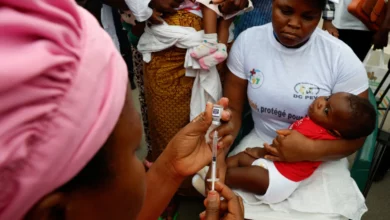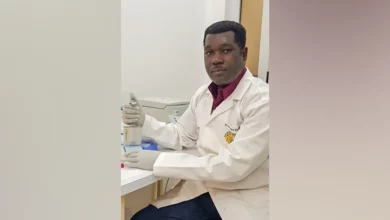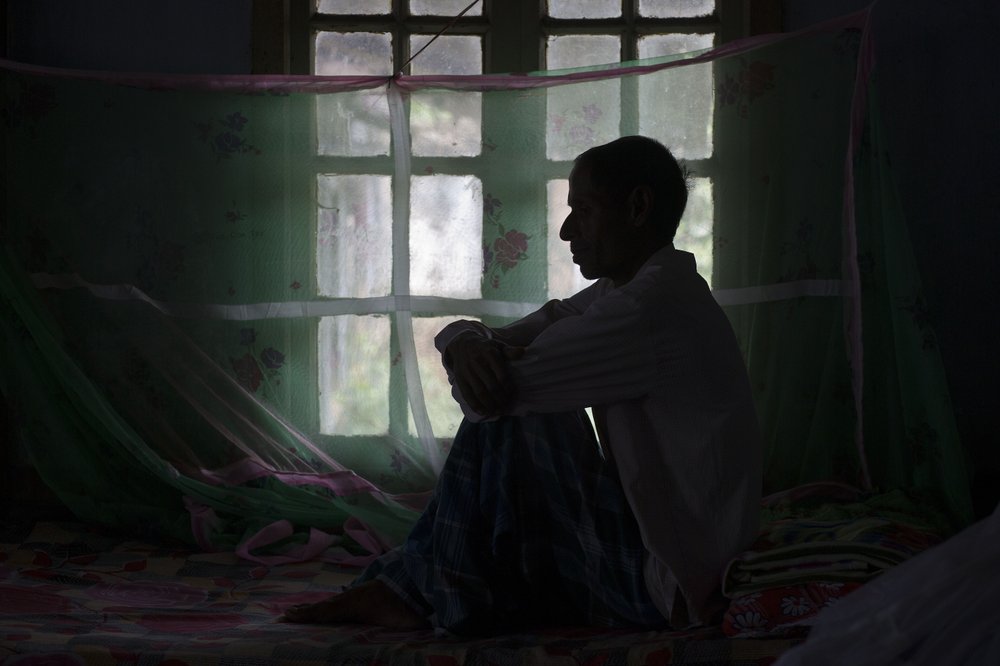
Human stem cells engineered to produce renewable sources of mature, liver-like cells can be grown and infected with malaria to test potentially life-saving new drugs, according to researchers at the Massachusetts Institute of Technology.
The advance comes at a time when the parasitic mosquito-borne disease, which kills nearly 600,000 people every year, is showing increased resistance to current treatment, especially in Southeast Asia, according to the World Health Organization.
The liver-like cells, or hepatocytes, in the MIT study were manufactured from stem cells derived from donated skin and blood samples.
The resulting cells provide a potentially replenishable platform for testing drugs that target the early stage of malaria, when parasites may linger and multiply in the liver for weeks before spreading into the bloodstream.
Sangeeta Bhatia, a biomedical engineer and senior author of the MIT report, told the Thomson Reuters Foundation that the breakthrough study not only showed that these liver-like cells could host a malaria infection but also described a way to mature the young cells so that an adult-like metabolism, necessary for drug development, could be established.
The study is published in the Feb. 5 online issue of Stem Cell Reports.
Stem cells retain the genetic makeup of their donors, affording researchers the potential to test drugs against a large variety of genetic types and a variety of diseases.
"This allows us to explore in depth how different diseases affect different people, in this case malaria," Bob Palay, chairman and CEO of Cellular Dynamics International (CDI), told the Thomson Reuters Foundation.
"This allows you to study it in a dish and find new drugs," he added, noting that CDI uses blood samples for its stem cells.
Before this development, researchers tested new drugs using human liver cells from cadavers and cancerous liver cells.
"In both cases, they don't work as well, not the same thing as healthy living cells," said Palay.
Malaria, caused by parasites transmitted through mosquito bites, causes fever, chills and other flu-like symptoms and can be fatal if not diagnosed and treated early.
Key ways to prevent malaria include insecticide-treated mosquito nets for beds and indoor spraying with insecticides.
There were about 198 million cases of malaria in 2013, according to the latest WHO estimates.
Malaria mortality rates have dropped by nearly half globally and by 54 percent in Africa since 2000, but the WHO estimated that a child in Africa dies every minute from the disease.




